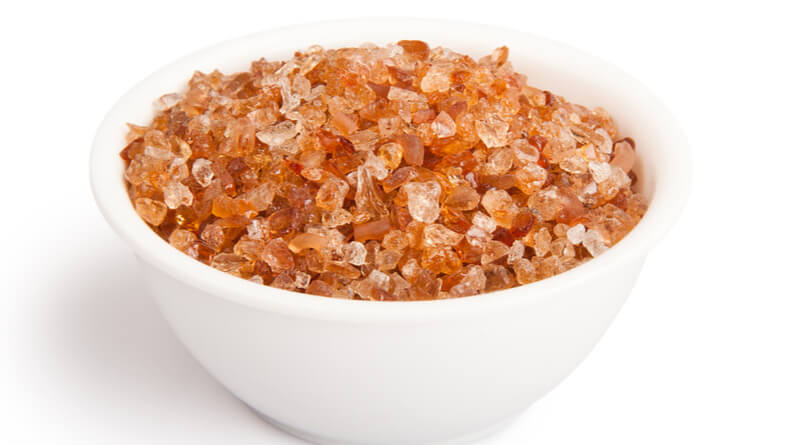You may have never heard of tragacanth before, but you have definitely used it (well probably) it before. Tragacanth goes by many names: adragante, adragant, astragale, coussiin-de-belle-mere, goat’s thorn, green dragon, gum dragon, etc. It is a naturally occurring gum that is derived from the Astralagus plant and is used to treat a variety of different health issues.
People orally consume tragacanth to function as a laxative and to treat diarrhea. Other people utilize tragacanth in a topical fashion as a major ingredient in vaginal creams, hand lotions toothpastes, and even jellies. Tragacanth is even a popular food ingredient; it is utilized to thicken or stabilize dishes, sauces, salad dressings, creams, etc. You can even find tragacanth being used in various pharmaceutical preparations in the form of an emulsifier, binding agent, and demulcent. It’s even utilized in various dental adhesives; it seems like it’s just about everywhere.
Tragacanth originally comes from the Middle East and is actually more of an umbrella term to refer to several different species of gum tree. The gum itself is odorless, viscous, tasteless, and water-soluble, which is why it is able to be used as a primary ingredient in so many different medications and dishes. Depending on the type of tragacanth you are using, you can form it into a gel or a powder. It is this versatility which helps make it a great binding agent amongst other things.
If you do take tragacanth in combination with your medication, it might be best to wait for at least 30 minutes after you ingest your medication. That is because tragacanth can actually bind to the medicine and partially inhibit how effectively your body absorbs it, which can negate the medicine’s effectiveness.








